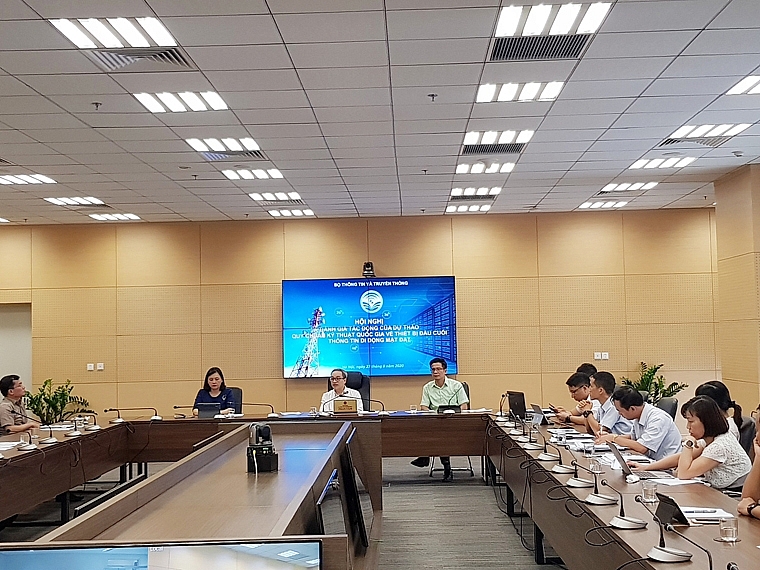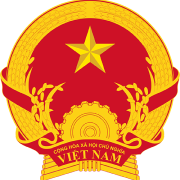
The Ministry of Information and Communications (MIC) last week held a webinar to assess the impacts of a draft circular on national technical regulations on terminal devices of terrestrial mobile communication.
According to representative of the MIC’s Information Technology Department, the building of national technical regulations on terminal devices of terrestrial mobile communication is one of the breakthrough solutions to spur domestic business and manufacturing activities. The draft circular includes the requirement that terminal devices of terrestrial mobile communication must be integrated with 4G.
The building of the draft draws on lessons from a range of other countries including Singapore, where terminal device manufacturers and suppliers have to ensure their support of IMT-2000 technology, which are 3G and LTE-Advanced (4G).
Addressing the event, Phan Tam, Deputy Minister of Information and Communications, said that technology changes constantly, especially mobile communication. Globally, some countries have deployed 5G, and Vietnam is among the pioneers.
“Vietnam, agencies, and businesses related terminal device manufacturing and trading and mobile operations are not exempt from this trend. The government's goals for national digital transformation cannot be realised on 2G,” he noted.
The deputy minister asked agencies and businesses to discuss measures and solutions to accelerate the transformation in a way that minimises impacts on businesses and the locals.
Currently, the draft circular is available for comments on the MIC portal.
The trend of online applications has been blossoming, especially in the COVID-19 landscape. In addition, the government’s Decision No.749/QD-TTg dated June 3, 2020 on the approval of the national digital transformation programme by 2025 with vision to 2030 creates the foundation for digital transformation in digital infrastructure development: 5G network infrastructure; upgrading of 4G; commercialisation of 5G; and building regulations and a roadmap for the integration of 4G and 5G into smartphones and IoT devices.
At present, Vietnam has six mobile telecommunications service providers with over 129 million subscribers. 2G, 3G, 4G are available, and 5G will be commercialised soon.
Addressing the webinar, some mobile telecommunications service providers recommended that it is time to consider turning off 2G, maybe by 2025. 4G will bring about more values but needs time to develop services. However, the extension of 2G will facilitate businesses and associations of transportation businesses because over one million automobiles are equipped with 2G-based cruise control devices, in addition to many fishing boats.
